Kasbo on keeping things simple in the studio and working on his own terms
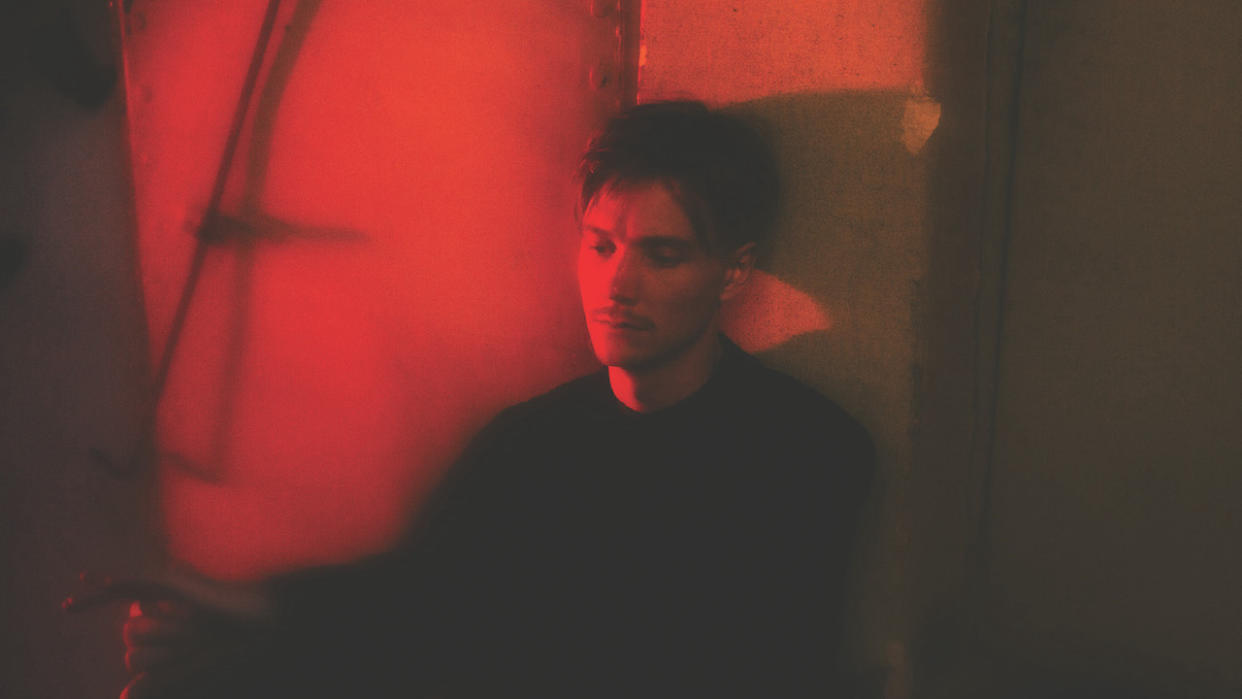
As creatively rewarding as being an artist can be, it’s not without its stresses. Wit global streams surpassing 500 million, you’d likely consider that Kasbo (aka, Carl Garsbo) would be content with his music reaching a global audience, yet for the Gothenburg-hailing DJ and electronic artist, the pressure of maintaining a flow of impactful and resonant work was beginning to take a toll.
“It took a while for me to decide what I wanted to be doing with my music after the pandemic hit.” Carl explains, “I think electronic music was just in a really weird state, and it was evolving really quickly. I felt a bit confused on how to marry what I personally listen to and make it work in a club environment. Making it marry with the more ambient pieces that I listen to.”
READ MORE
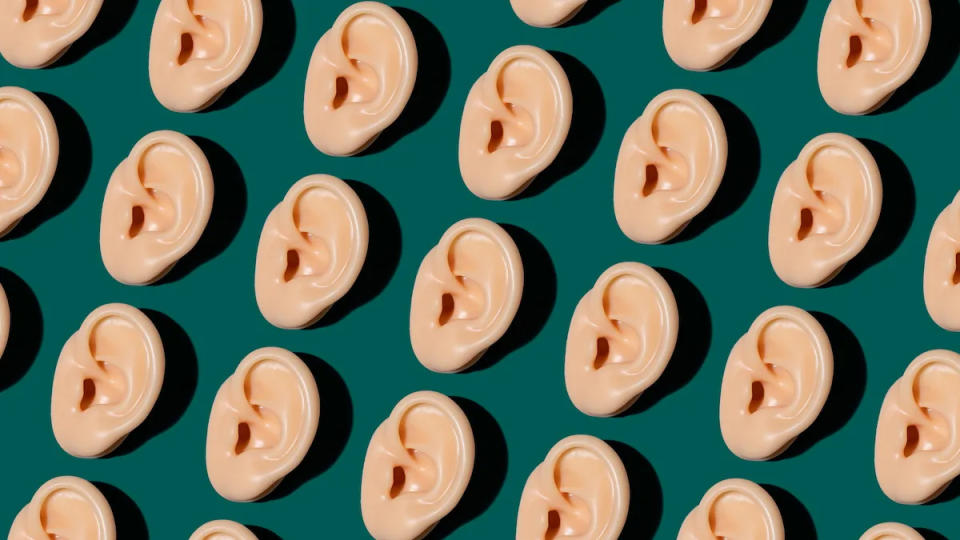
It was around the same time that Garsbo began suffering from a rare, stress-related hearing loss. It was a condition – which Carl still periodically experiences – that eliminated low and sub frequencies, making the all-important mixing process extra-complicated. The combination of being at a creative crossroads, and the toll of this unexpected hearing condition (not to mention the weirdness of the then-enforced Covid lockdown) set Carl off on a creative journey quite different those that yielded his first two records – 2018’s Places We Don’t Know and 2020’s The Making of a Paracosm.
Carl takes up the album’s backstory; “I think that was the thing for me that was underpinning this record, the idea of how I can make it sound new and fresh and true to what I’m passionate about, while still keeping this essence of what my music is all about. For me, I was able to boil down what my music has always been about, and build something new off of that. I do think it has the same core as everything – this very big, grand and dramatic feel. I would say this new record is a lot faster and has more of this house backbone which hasn’t really been the case for the previous record. I’ve always kind of dabbled with the four-on-the-floor thing, but it’s always been a bit slower BPM-wise, this definitely feels like it’s more clubby in a way.”
Migration
In making his new album, The Learning of Urgency, Carl spent some time at a facility managed by Riksmixningsverket (RMV) – a former prison turned studio, backed by ABBA. “This is like an old prison that RMV bought, they changed it into a bunch of studios. They have such a wide array of synths and things like that, which gave me a ton of inspiration.
“Most of the record was recorded in [the converted prison-studio], which is right next door to [the main] RMV studios. They provided hardware synths mainly, but a lot of it was just brought in from my own studio – like my Prophet and my GR-1 hardware granular synthesizer which I’ve been using a lot for this. My drum machine is a Roland TR-8S which combines remakes of classic Roland drum machines. It’s good for 808s and 909s.”
The Learning of Urgency is awash with affecting melodies, processed vocal chops and combined rhythmic effects, of particular note is the smeary quality of the vocals on the track Drift and the staccato vocal impacts popping away throughout the evolving Resenären. We wonder how Carl wrangles these dynamic effects?
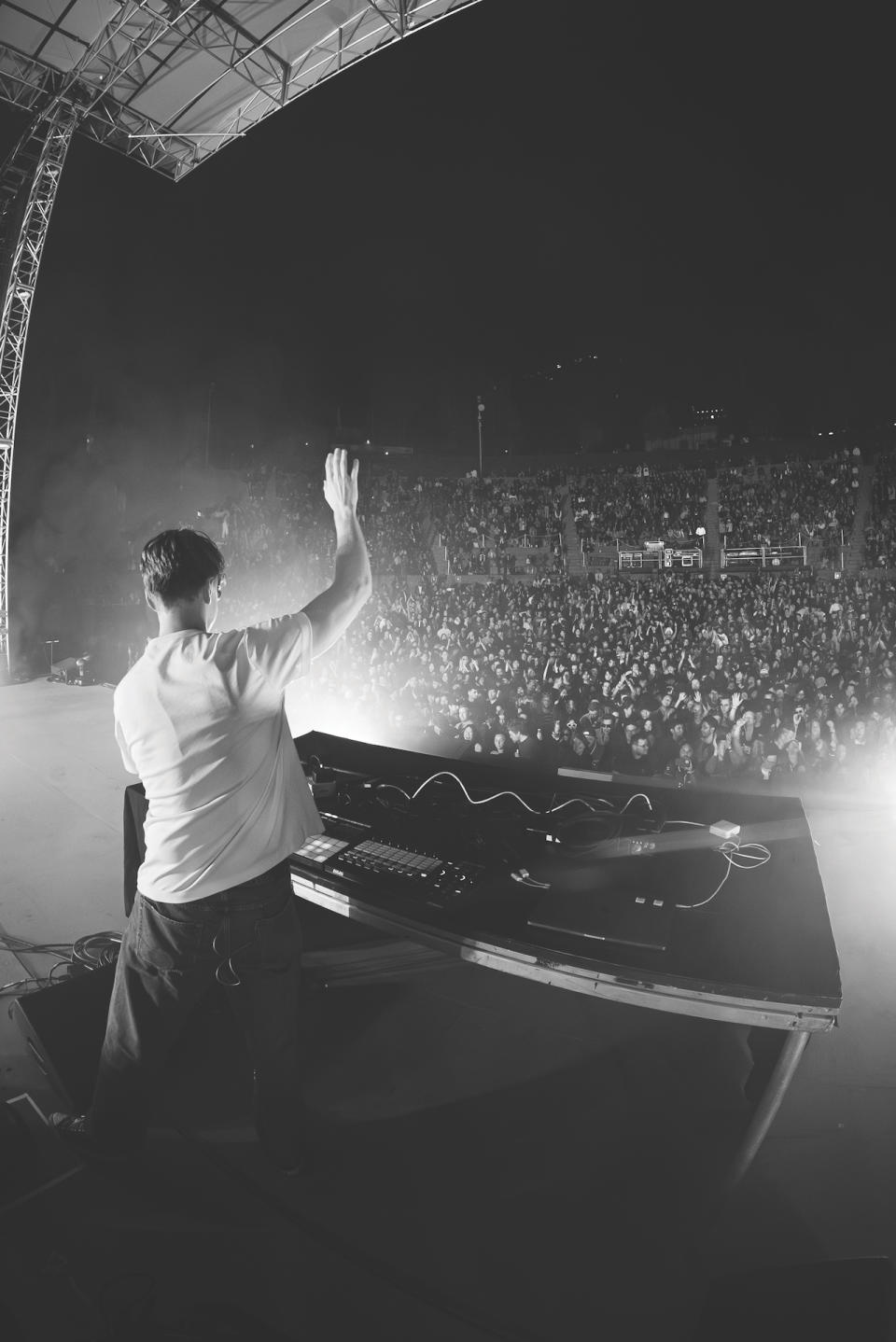
“A lot of it is just one plugin called Movement by Output. This is this kind of LFO tool that allows you to automate distortion, reverb and delays as well as volume all-in-one. You get some really interesting effects. I tend to use that a lot to get these kinds of ever-changing, growing effects.
“I also use Xfer’s LFO Tool for super-simple automations like rate and shape-making. It just works well with my workflow. I tend to try and keep things as simple as possible, and not get too hung up on small details. Most people wouldn’t really notice them anyway. When I start making a song, I just try and get to a good point as quickly as possible.”
I keep things as simple as possible, and don’t get too hung up on details
But where do the vocal stems originate? “It depends, a lot of the time when I’m in a studio session, if I’m working with a singer and we’re trying to write something, generally what happens is that I save guide vocals that we record for basic tracks, so I have this big bank of vocals from studios sessions, or things that people sent me in the past. Or sometimes it’s just stuff I’ve found on the internet.
“I just have a big folder of that, and I just play around and see whatever I can do with it. I generally try to make vocals more embedded with the production as much as possible, that’s easier when you just take a small sample from a big vocal that you already have in place, than writing a full on top-line over a big production.”
A big figure in Garsbo’s creative universe is fellow Gothenburgian, Frida Sundemo, whose ethereal vocals have been regularly harnessed by Carl for years. “I’ve been working with Frida since my first record. I’ve always been really in love with her vocals,” Carl explains. “I think she has this amazing way of communicating a feeling and a place. Not necessarily with lyrics but something to do with the way that she sings.
“I’m not too keen on getting super clever with lyrics and storylines. I generally am drawn to simple lyrics but where you communicate the feeling through the texture of the voice and how you sing, the tonality of it. She’s really good at that. She wrote that vocal for another track that didn’t end up making it. It was a great vocal though. So, that was a case where I just put it in a folder. I just started something fresh with it. I had that vocal looping and then tried different piano chords out.”
Exploration
As well as the recent changes in his creative and personal life, Carl also decided to explore outside of his DAW of choice, FL Studio, to experimenting with Ableton Live. We wonder what prompted him to climb aboard the Ableton ship?
“Well, I’ve played around in Ableton Live for like two weeks now, and I’ve always used it for live shows. I feel like the layout in terms of automating things, and just the workflow in general feels really interesting for making sounds, developing them over time in really simple ways.
“In Ableton Live you can just have everything just kind of gathered and I think it also encourages creativity. Ableton almost seems to be encouraging you to keep adding effects, or make a chain and it’s all really simple and intuitive. I just wanted to see if that would develop my production in any way. I’ve got version 12 and have been playing around with Roar to distort in tune. It’s pretty cool!”
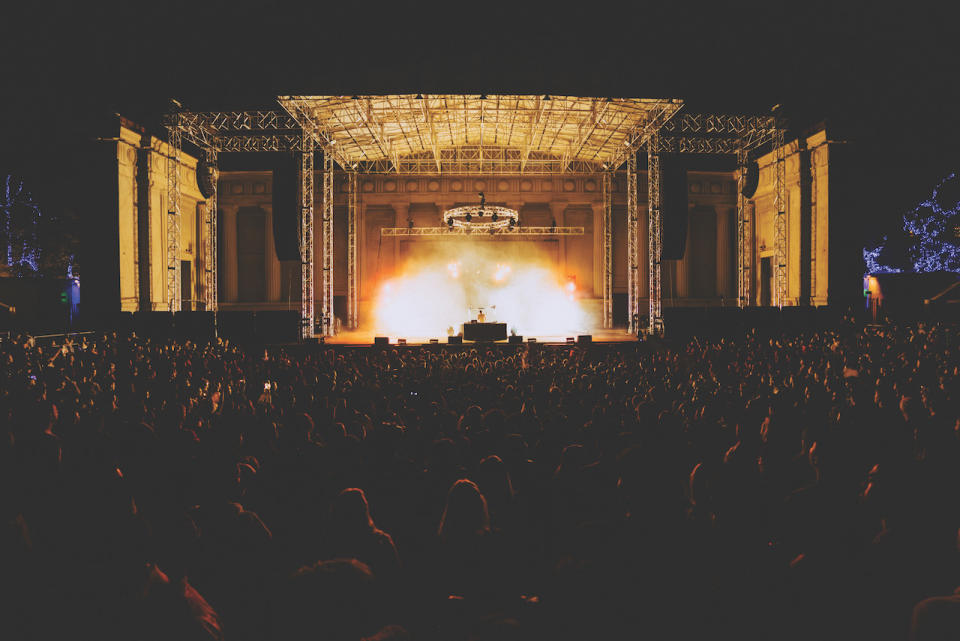
Turning back to the album production process, we enquire about the record’s disparate array of synth sounds, and where they originated. “There’s a lot of u-He Diva on there. There’s a lot of Slate + Ash Kontakt libraries in there, I think they have a really interesting way of just building out their synths, you can get really interesting textures and rhythms and things like that.
“They have a really brilliant plugin called Cycles – you can just load in any audio sample and [the plugin] sequences it in a really interesting way. They figure a lot. Zebra 2 which is also u-He is used quite a bit too. It’s a brilliant synth. I have a friend here in the studio who is big into the plugin world, and he recommended it to me. I’ve been using it so much ever since. I feel like Diva is a lot more commonly used than Zebra, I feel like it’s quite overlooked a lot of the time.”
We wonder whether Kasbo feels there is a world of difference between writing with software over hardware? “It depends on the record, for this one I ended up working a lot inside the box. I try and come to my studio around three days a week, but the rest of the time I’m sitting at different cafes and working on my laptop. Trying to get some different environments to be in.
“I also find it easier to work if somebody is around me, so I don’t fall into YouTube rabbit holes! I’m held accountable by the people drinking coffee next to me. For this album it's been way more plugin-based. My last record The Making of a Paracosm was made in a really nice studio in Gothenburg, that had crazy instruments and gear. I would sit there until 6am recording loads of different instruments that I’ve never heard of. For this it’s been more limited to plugins, trying to not necessarily go off on like a tangent of learning new instruments.
I’m not a massive audio buff, and I can’t really tell the biggest difference between two different compressors
In keeping with Carl’s decision to not divert his time down tangents, the mixing toolkit was largely populated by FL’s in-built array of plugins, “A lot of it is FL stock on this record, for compressors I used a lot of Fruity Limiter and EQ, just the Parametric EQ. I do use some FabFilter stuff, but for me personally I’m not a massive audio buff, and I can’t really tell the biggest difference between two different compressors.
“Most of my attention has been on drastic creative effects. FL stuff has been really great. For this record, it’s the first I’ve really had where somebody else mastered it. We did stem mastering for this record, previously I’ve always done stuff by myself. It was interesting as well. There are some additional plugins I use though, I used a lot of Wavesfactory Trackspacer in this. Then just automating stuff so you create space in the mix. I just try to keep things as simple as possible.”
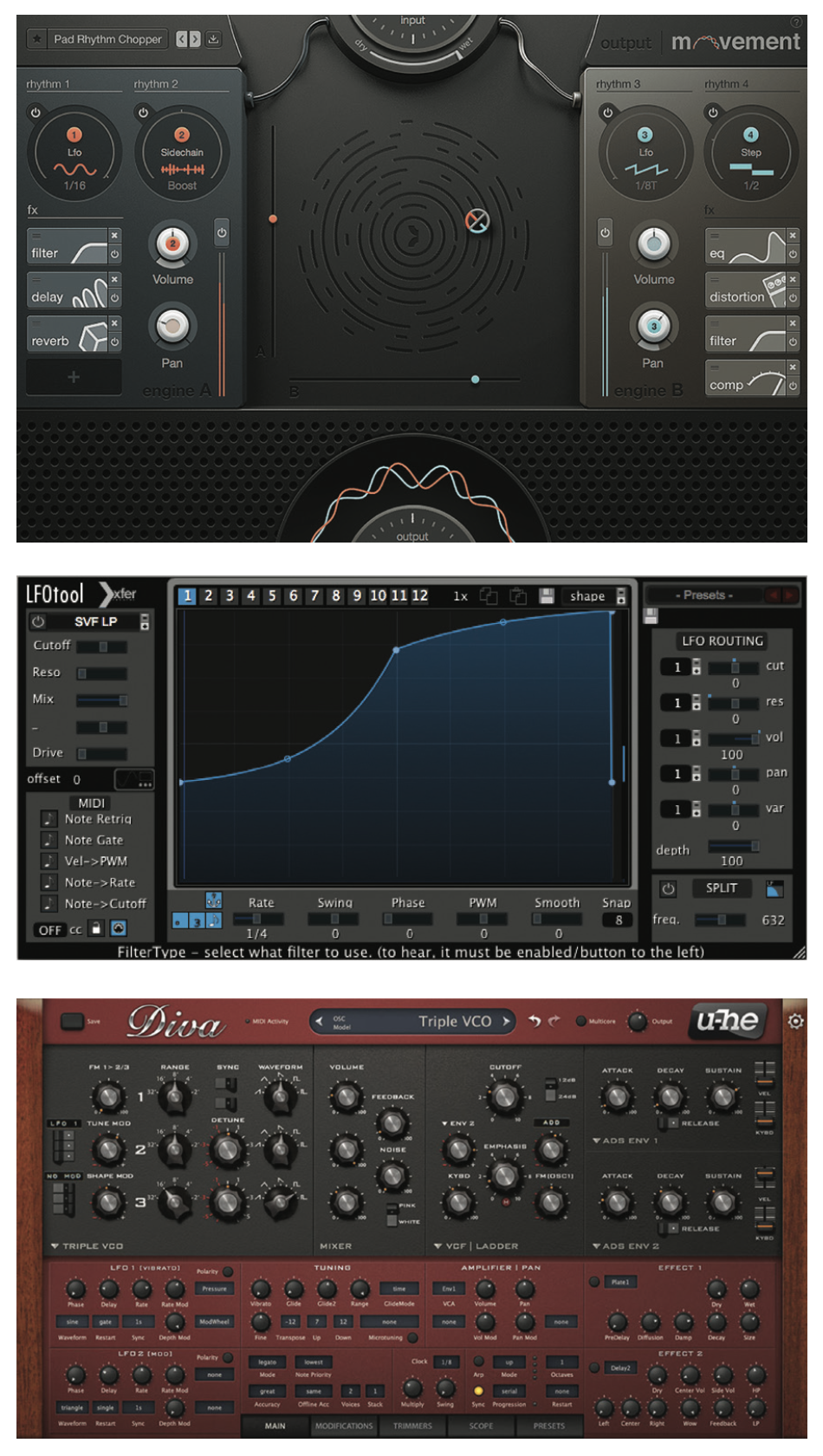
The aforementioned album highlight, Resenären was understandably the most confounding from a mix point of view. “That track is 7-minutes long. I feel like it has so many different types of sections. The first intro section is more this subdued beat, which is kind of more mellow, then it goes into this more energetic thing. It’s then scaled down to this ambient drop.
“In the last part it goes into a bit where everything culminates into one – that was very tricky to get right without sounding messy. There was a lot of Trackspacer on that, and I spent a while trying to keep the momentum and keep the energy going. You’ve got all these different melodies and things, and delivering it was tough – keeping the energy while stripping things back.”
If I’m having a day where I can’t really hear well, I can whistle and hear one pitch in my right ear and a different pitch in my left
We wonder whether the affect of his hearing loss has impacted on how Carl mixes these days? “It can be from hour-to-hour, day-to-day or week-to-week. It’s interesting. It’s a fairly rare hearing loss that is basically conductive low-frequency hearing loss. All sub frequencies are gone on my left ear when it’s bad. Some days I’ll hear pretty much perfectly from that ear.
“Part of the issue is that it changes the way you hear stuff as well. Some sounds sound a lot harsher in your ear, because it’s sensitive. There’s also a lot of dissonance happening in the ear. If I’m having a day where I can’t really hear well, I can whistle and hear one pitch in my right ear and a different pitch in my left. It sounds like two different people whistling at once, and it’s terrifying!
“It’s slowed me down a tad, sometimes I’ll be playing bass notes, and I’ll be like ‘wait, is that in key?’ I can’t really tell because my ears hear a different pitch. On a good day, though, it’s perfectly fine. But I think that’s a big reason why I wanted to outsource mastering. Getting help from other people, letting them listen and tell me ‘ok this is too bottom heavy’ - typically because I can’t hear the subs! Having someone there who can hear those frequencies is a nice crutch to lean on.”
Entry points
Carl’s initial discovery of electronic music-craft came via an unlikely remix of one of his favourite video games soundtrack scores. “It’s interesting, before I started out I wasn’t really a fan of electronic music. I think the associations I had with it were just the typical spray champagne in a nightclub and that’s not really my thing.
“I was listening to a lot of band music and was playing a lot of music with my friends. We’d got to my friend's house where we’d have a drum kit and guitars and we’d just cover different bands. There was a very clear moment when I realised that electronic music could be cool.
Before I started out I wasn’t really a fan of electronic music. I think the associations I had with it were just the typical spray champagne in a nightclub
“My friend’s older brother was playing in a hardcore metal band, and was having this concert outside of Gothenburg (where I’m from) Looking back on it now it’s a bit silly, but as their intro song they played the Ephixa remix of a track from The Legend of Zelda called Lost Woods. There was just something about that moment, and the crowd got into it and started moshing. I remember just thinking ‘wow, this is really sick’. I found the song and then got into people like Skrillex.
“What made that transition easier was going from things like heavy metal and hardcore to dubstep it’s fairly close. One’s electronic-based and one’s band-based but it was an easy entry point for me. Then I discovered the more melodic side of electronic music. That felt more in-line with what I was truly passionate about.”
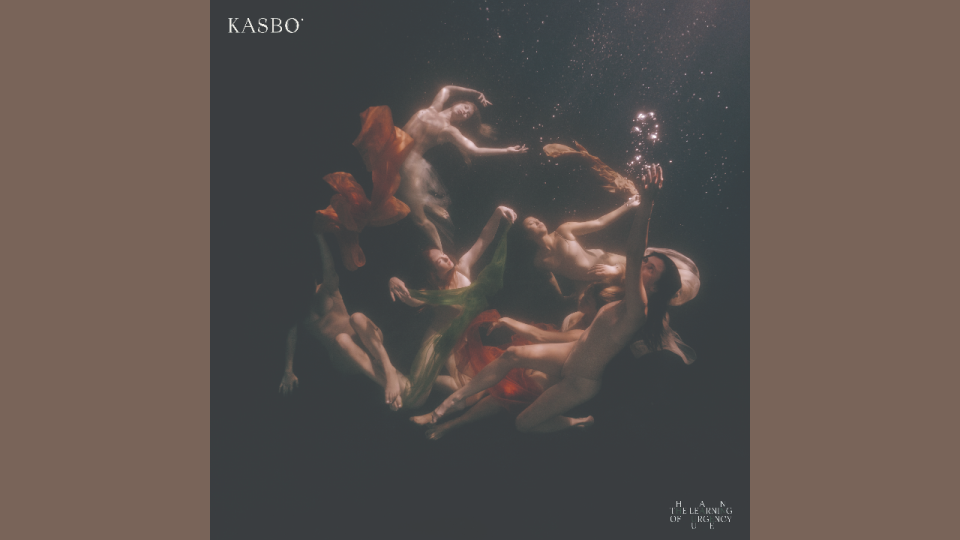
Flash-forward to 2024, and Kasbo’s global audience is surging, with his biggest successes his remix of Big Gigantic and Angela McCluskey’s The Little Things, the superb Bara Du and 2017’s emotionally-charged Found You.
With his streaming figures in the millions, we ask Carl whether he’s consciously influenced by trying to predict what track elements will lend themselves to play-listing and regular listens? “I try to not be influenced. I think subconsciously you’re probably always going to be affected by that so I try to actively not do that. I generally just try to make something that excites me in the moment.
“I think there’s something harmful about creating something that’s designed for people to like, I think if you’re excited about it then somebody else is going to feel that as well, whereas if you’re making music for somebody else, you’re just guessing whether it’s good or not, you need to actually believe it’s good as well. I think I really tried to do what I felt inspired by. I think subconsciously for all artists, there’s always an awareness of what the songs you’ve released have done well. That influences you.”
Carl goes on, “I think for a long time, there was a lot of thought on what people were expecting me to release. I was trying to guess what fans of my music liked so I figured I’d stay within that box, which is something that I tried to not necessarily submit to on this album too much. I truly just felt like I needed to do it. I’m making tracks that are fun and exciting to me. For that to be true, I need to actually make music that I want to make, otherwise there’s not much point in me doing it so I just tried really hard to phase out everything and do what I was excited about.”
With The Learning of Urgency unleashed, we ask where future evolutions of Kasbo’s sound might go? “It’s hard to say, I think you always kind of develop in terms of your taste. I always try to do what I feel passionate about in that moment – that’s when the best stuff happens. I do really feel like I’ve found home in this new style.
“There’s always been sort of a struggle with marrying electronic music with all the other sides of music that I listen to. Combining those two styles has always been a tricky thing for me. I’ve been able to find that perfect balance. I listen almost exclusively right now to ambient music. I can take so much from what I hear and get inspired from it. Before, I was struggling a bit with injecting what I’m passionate about as a listener into my music, but now I can. It’s probably going to stay fairly similar to this, but who knows.”
The Learning of Urgency is out now via Ninja Tune. For more info and for live dates, head to the official Kasbo website.

 Yahoo News
Yahoo News 
